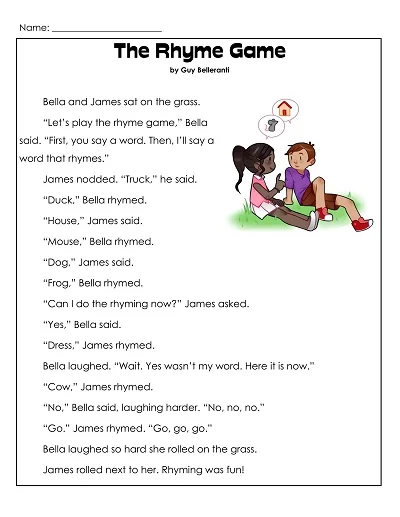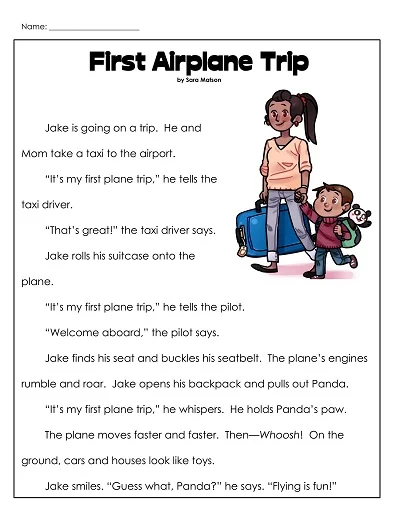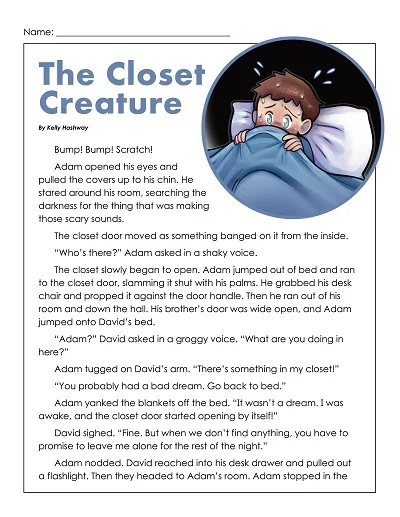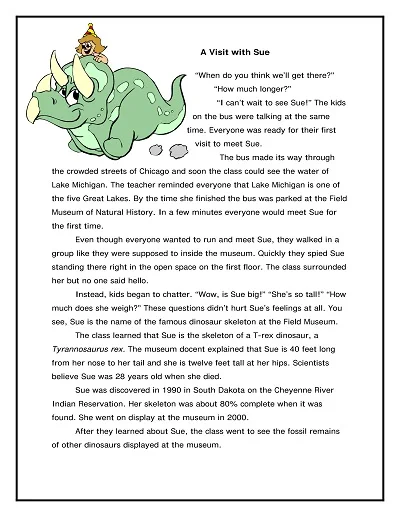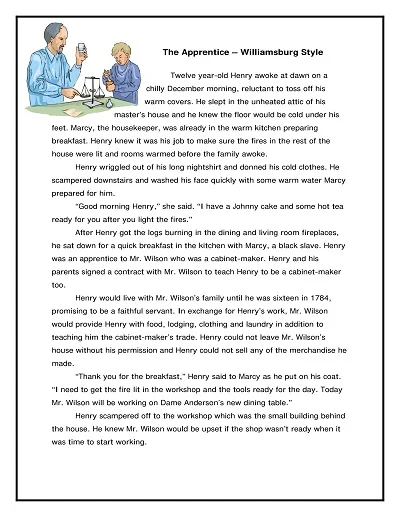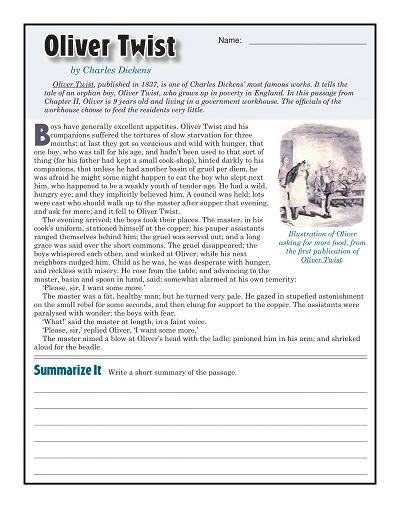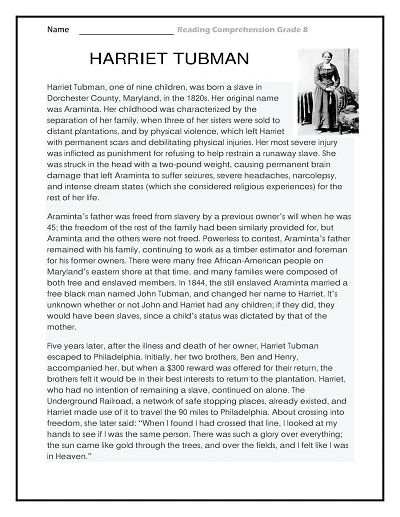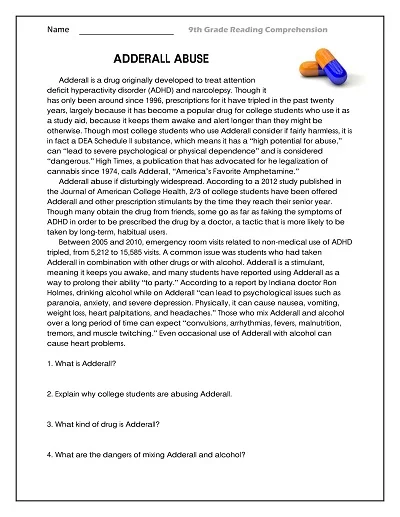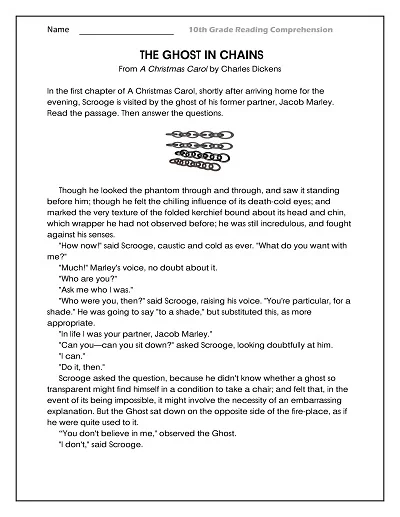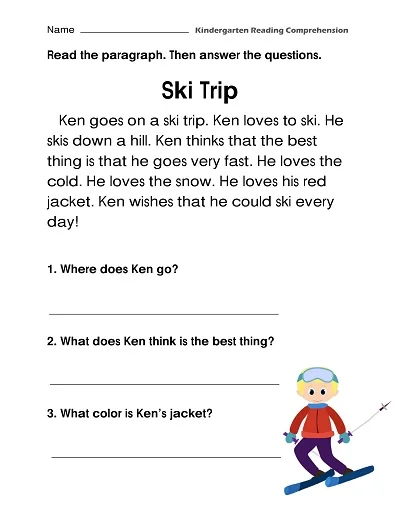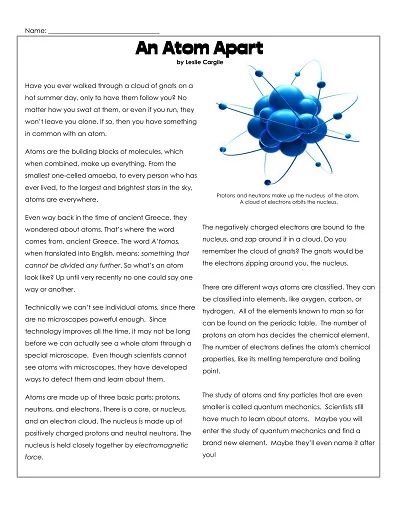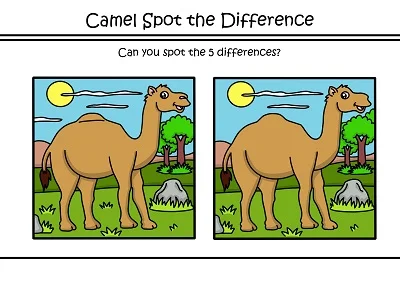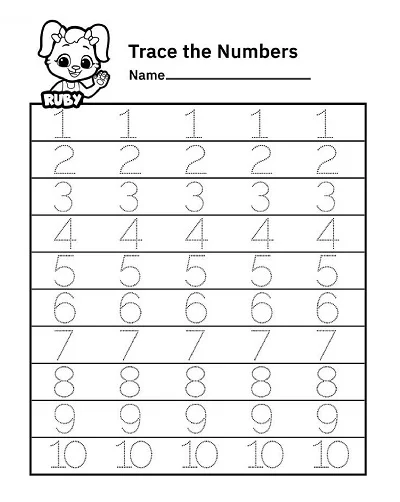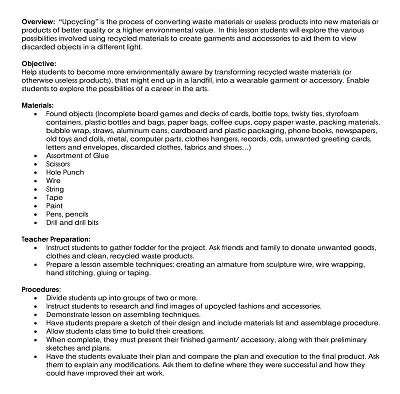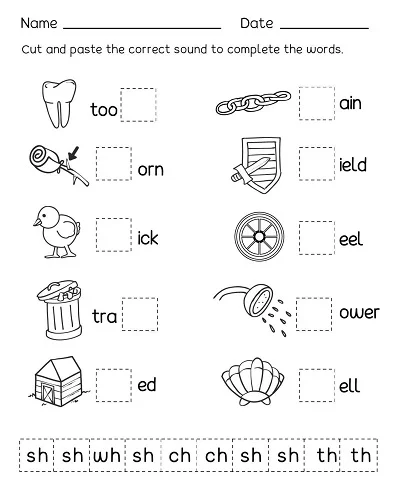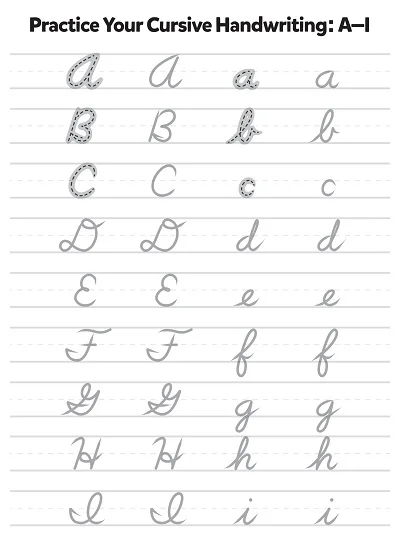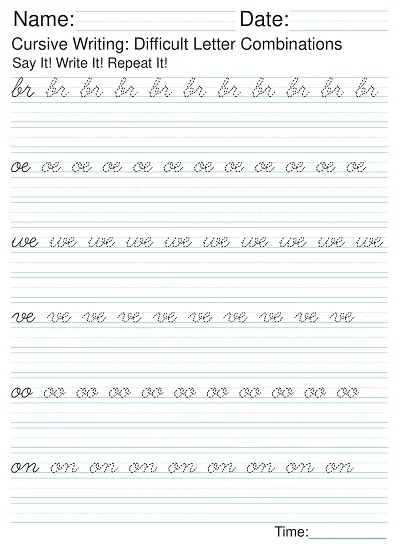A Reading Comprehension Worksheet is an easy to teach the students to understand better what they read and to remember what they learned from the books they read. These worksheets are usually composed of a text and comprehension questions that address different areas of meaningful reading: main points, supporting information, word meaning within context, deductions, and the writer’s audience.
Every time a student uses these worksheets, he or she will be able to enhance his or her reading abilities, add to the word stock, and gain insight into some of the other available writing styles.
Download Free Printable Reading Comprehension Worksheets
Key Features of Reading Comprehension Worksheet
A reading worksheet also helps improve students’ comprehension of written text and their retention of most of the information from the reading.
Key features include:
- Multiple-choice questions: Recalling facts and details involves finding specific information that has been learned in the past from the text.
- Open-Ended Questions: Help the students apply their critical thinking ability before submitting their papers based on their own understanding.
- Vocabulary Section: Designed to enable the reading teacher to focus on the identification of new words as well as the manner in which new words are to be taught to the students.
- Summary Writing: This assignment requires the student to paraphrase some of the text’s content, thus enhancing the student’s ability to articulate content using fewer words.
- Inference Questions: This lesson is intended to help the students draw conclusions from hints or proofs in the text.
Importance of Reading Comprehension Skills
The ability to comprehend a text is also important, as such skills serve as vital preliminaries for people’s achievements in their further studies or careers. Literacy comprehension enables learners to derive and create meaning from text, which informs and evaluates decision-making and solves problems.
Besides, knowledge of reading comprehension is not only useful for a student to achieve academic achievement but also important for a person’s growth and development as a learner of values such as empathy, critical thinking skills, and perception of the world.
Strategies to Improve Your Reading Comprehension
Teaching and increasing the number of children who can comprehend what they are reading is essential for school achievement and literacy. Here are some strategies to enhance your ability to understand and retain what you read:
1. Preview the Material
When preparing to read, always make sure to read through that piece of text. Check first the title of the page, the subtitles, or any brief descriptions available on it. When you go through this kind of text, this first analysis provides an outline of the bigger areas of knowledge and the important issues you are going to face.
2. Annotate as You Read
This is because it means that you should write quick comments in the margins of the books you are reading, underline particular phrases that seem important when reading, and make notes about facts you find essential. It also retains the student’s attention with the reading material and is easier to retrace back to certain facts if annotated.
3. Summarize Sections
After reading it section/ chapter, try to rewrite what you have just read using your own words. This practice serves to affirm, review, and consolidate the knowledge you have obtained, as well as exercise your memory in recalling the knowledge later.
4. Ask Questions
As you come across this material, develop curiosity about it. It requires proactively posing questions and searching for their answers in the text as you go through it. It is an active approach that helps widen the perspective and keep your mind engaged.
5. Discuss With Others
Discussing what you have read with others might give a new perspective, and the information will be better retained in your memory. It is beneficial to work on it with the perception from a different set of eyes and gain further clarification.
6. Practice Regularly
It points to the fact that there is always an increase in the understanding of texts that is normally a result of practicing the reading activity. Reading different texts, both literary and newspaper articles, and other non-fictional works is recommended to improve reading skills.
Tips for Using Reading Comprehension Worksheets
To effectively utilize reading comprehension worksheets, consider the following tips:
- Start with a Clear Objective: First, decide which comprehension skill you will teach – whether it is the ability to identify the main idea or details to make inferences, to grasp new vocabulary, or any other aspect that appeals to you. This is handy when selecting worksheets or developing worksheets addressing certain skills.
- Introduce Vocabulary Before Reading: It is crucial to introduce any dense reading words you estimate a student will encounter in the text. This can enhance knowledge and self-esteem as the students fill in the worksheet, allowing them to remove certain questions if needed.
- Read Aloud Together: If the passage is for the early grades or for learners with dyslexia, it is advisable to read it aloud. This allows them to direct their attention towards understanding the spoken text without getting bogged down by the meaning of the words being spoken.
- Encourage Annotating the Text: Inform students where their pen should be placed at the side of the text to underline or highlight when they come across what they do not understand or parts of the text that answer questions. This skill enables them to participate consciously and proactively in the text.
- Model Thinking Processes: Show how you can handle the questions and how you ponder the text. Step by step, illustrate how to work through a question, using information from the text and details from media and other related sources to come to a conclusion.
- Use Open-Ended Questions: Use questions that are likely to elicit lengthy answers that do not involve just one keyword phrase. This helps draw out the students, which in return makes them speak to the fullest extent and not only gives them more involvement in the process but also makes the process more fruitful.
- Review Answers in Group Discussions: Sharing worksheet answers with the class is another way of doing assessment since it affords feedback from the other students and enhances mastery of the content. In this way, students can hear the different views of other students and clear up any possible confusion.
- Incorporate Technology: Take advantage of the technology available today that provides reading skills practice, mostly in the form of comprehension exercises. These can help make the learning process more fun and include elements of assessment that offer immediate results.
Heeding the above suggestions ensures teachers get the best results out of reading comprehension worksheets, making them a more useful means of enhancing students’ reading skills.
Benefits of Using Reading Comprehension Worksheets
Comprehension worksheets are extremely useful when it comes to practicing reading. They facilitate the student’s improvement of comprehension skills. These worksheets ensure that students read texts with more than mere ludic identification, helping them build concepts relating to themes, plot advancement, characters, and literary tools.
Moreover, they are helpful in expanding the student’s vocabulary, enabling the ability to guess the meaning of new words in the context, and orienting the student towards developing critical thinking skills as they offer questions and situations that can be analyzed, synthesized, or evaluated according to the text.
Consequently, tackling reading comprehension worksheets can enhance reading aptitudes, such as speed, understanding, and performance, which help students prepare for other relevant activities in subsequent classroom periods and other facets of life.
How to Create a Reading Comprehension Worksheet Template
Teachers consider developing reading comprehension worksheet templates an easy process because they help students improve their comprehension and retention of content.
Follow these steps to design an effective template:
Step 1: Choose a Theme or Text
- Choose study material, such as a theme or a text, based on the child’s age and level of literacy ability. This could be a short story, an article, a chapter in a book, or any best-selling material.
- Make sure that there is a narrative to the piece. If you are doing an informational piece, the item should provide factual information and use more descriptive language to check their comprehension at that level.
Step 2: Define the Reading Objectives
- Obviously, indicate how the students should be able to demonstrate the knowledge gained after working on the worksheet. It could include main ideas and details, vocabulary, or making inferences regarding the text under study.
- The following objectives should or can be aligned with curriculum standards in specific ways as they satisfy educational requirements.
Step 3: Develop Questions and Activities
- Design both easily identifiable and challenging multiple-choice, factual, short-answer, and essay-type questions to allow for differentiation in the learners’ ability to comprehend and think critically.
- Group assignment tasks like pair and share, cut and sort, sorting events into proper sequence, or identifying synonyms or antonyms from the text aim to make the learning joyful and meaningful.
- Make it a point that the questions and how you can involve the students will help them move from Level 1 to Level 4 thinking skills.
Step 4: Incorporate Vocabulary Work
- There are words that should be highlighted as the key ones. These words can be explained by their context:
- Exercises like fill-in-the-blanks, crosswords, or word search activities can be used while reinforcing the vocabulary learning process.
Step 5: Add a Critical Thinking or Creativity Section
- It’s recommended that there be a place for the students to share their insights, guess, or relate to the content. This fosters time spent not skimming but personal interaction with the text’s contents.
- Assign as homework to draw a scene from the story or write a different ending for the story, thus encouraging the students to be innovative and to better understand the narrative’s outcome or content.
Step 6: Design a Layout for the Worksheet
- Structure the document prominently so that it starts with an explanation of the text, then goes between the explanation, the reading comprehension exercises, and the vocabulary exercises, and ends with the critical thinking or creativity exercises.
- Make the layout aesthetically pleasing and navigational; utilize separating heads, lists, and free space for students to express their ideas.
Step 7: Review and Revise
- Make final edits to the worksheet to check for grammatical errors and ensure instructions are clear.
- Review and assign the worksheet to a few cooperating students or a friend. Get their comments and observations to refine the clarity or level of difficulty while attempting to add fun or interest to the next assignment.
Through these specific guidelines, teachers can develop vast reading comprehension worksheet teaching aids that augment the learning process and creatively challenge young minds in their thinking techniques.

